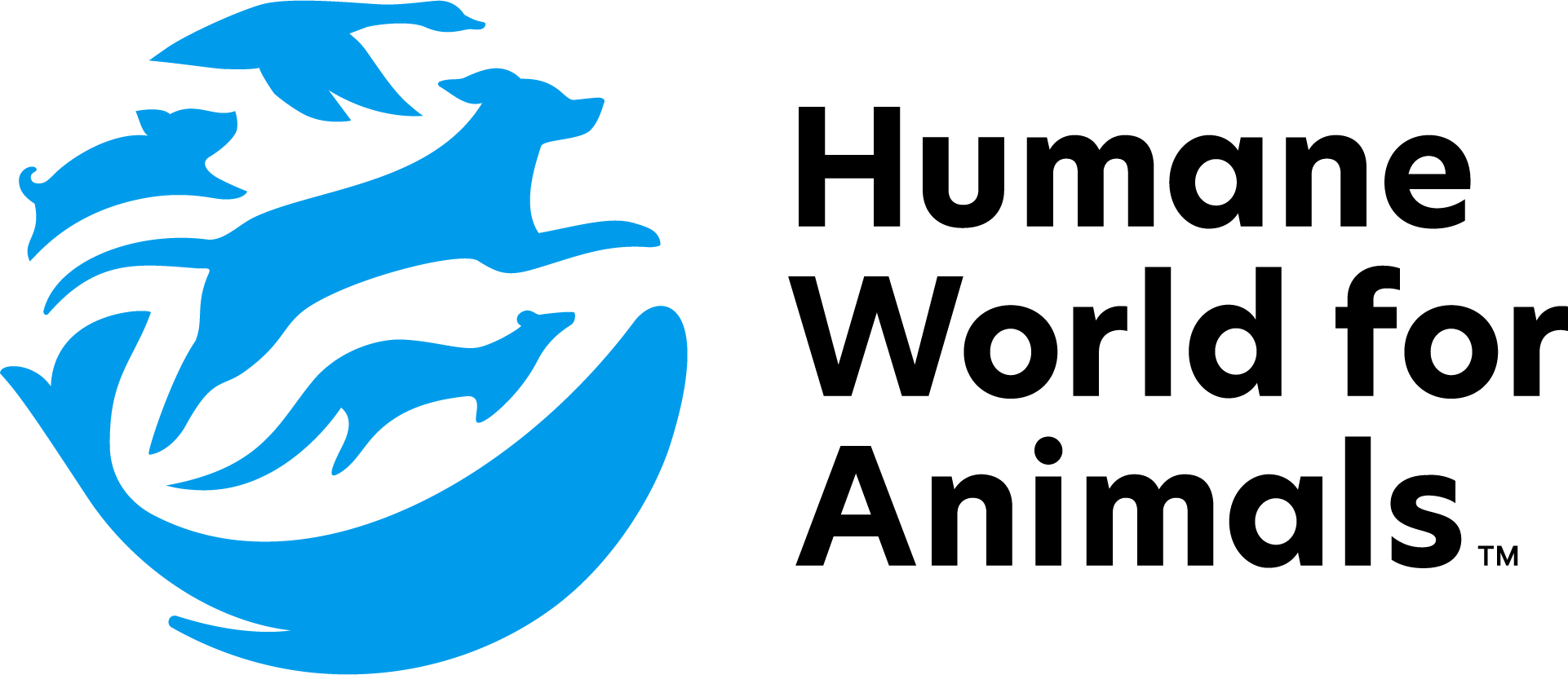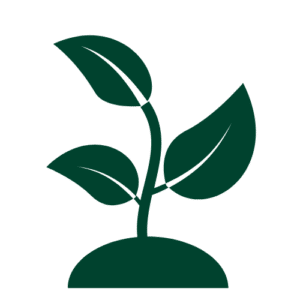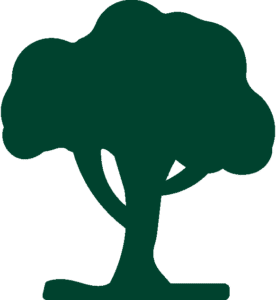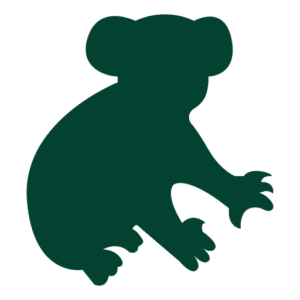Brian and Carmel Herington are the owners of Forest Farm, a property situated in Tintenbar, northwest of Ballina, New South Wales. Forest Farm is located on Nyangbul land of the Bundjalung Nation. The property is a wildlife sanctuary also used for wildlife rehabilitation. The property consists of drier ridge lines consisting of eucalypt and wet sclerophyll forests, which then transitions down into subtropical rainforest in gullies, wetter hill slopes and creek lines. These rainforest areas then open up onto forested wetland flood plain stretches of Emigrant Creek, with two kilometres of rainforest-dominated riparian habitat. Brian and Carmel and their family, aim to protect, enhance and exhibit the property’s existing natural ecosystems and to support the regeneration of a high conservation value environment that offers a haven for diverse native flora and fauna; enabled through successfully restored and resilient ecological communities. Forest Farm is also additionally registered with Land For Wildlife and has a Biodiversity Conservation Trust agreement over a “bat cave”, that is home to an Endangered micro-bat colony.
Forest Farm is 112 hectares in size. The land contains a 30-year-old timber plantation that is now certified as a 100-year plantation method carbon project and is being transitioned to native forest over time. Previous grazing land on the property is also being transitioned to native forests. Forest Farm spans across plant community classes and types identified as Wet Sclerophyll Forest: Far North Brushbox – Bloodwood wet Forest, Far North Coast Hills Blackbutt Ironbark Forest Subtropical rainforest, Far North Coast Bangalow Palm Swamp Forest (threatened), Lower Richmond Hills Dry Subtropical Rainforest (threatened) Forested Wetland and Far North Paperbark Gahnia Swamp Forest (threatened). The riparian zones of the property are classified as the plant community types of Far North Coast Bangalow Palm Swamp Forest (threatened) and Far North Paperbark Gahnia Swamp Forest (threatened).
The property provides habitat for a range of species including koalas (Phascolarctos cinereus), platypus (Ornithorhynchus anatinus), echidna (Tachyglossus aculeatus), 130+ bird species including 5 threatened species, as well as possums, gliders, antechinus, wallabies, flying foxes, micro bats, frogs, snakes and lizards.




